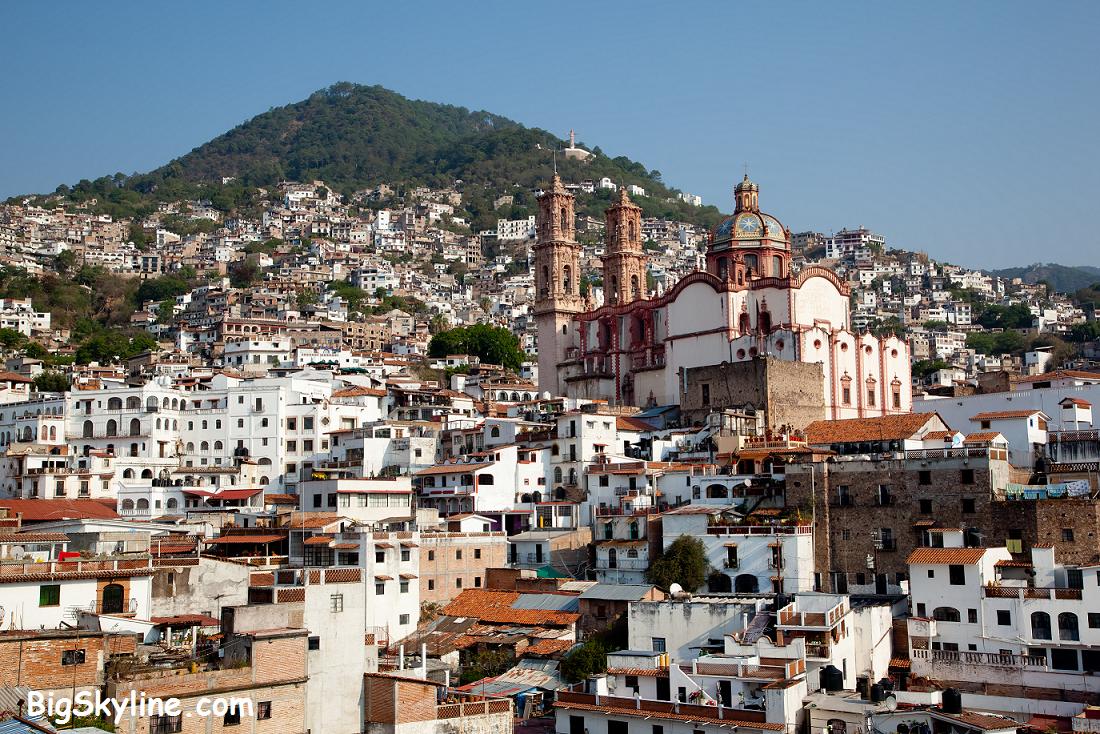Silversmithing has been practiced for centuries in Mexico. Historically speaking, the Navajo of the Southwestern United States learned their trade from Mexicans. Interestingly enough, an American named William Spratling took the craft to entirely new level. He did this in 1931, when he established a retail outlet for Mexican jewelry near the silver-mining center of Taxco.
Spratling and his contemporaries borrowed liberally from pre-Columbian imagery for their designs. They found some designs on Mexico’s pyramids and lifted others from the 14th-century symbols that fill the Codex Zouche-Nuttal. Essentially, this made it "open-source material." It shouldn’t be too surprising that these shops succeeded and borrowed liberally from one-another.
Some competitors were actively encouraged. The Taxco School, as it is known today, was formed largely from former Spratling employees such as the Castillo brothers, Héctor Aguilar, Antonio Pineda, and Valentin Viadurreta, who brought a Mexican eye to Art Deco. Naturally, these artisans and their shops became incubators for still more generations of silversmiths.
Database Mexican Silver has 409 Items
Spratling and his contemporaries borrowed liberally from pre-Columbian imagery for their designs. They found some designs on Mexico’s pyramids and lifted others from the 14th-century symbols that fill the Codex Zouche-Nuttal. Essentially, this made it "open-source material." It shouldn’t be too surprising that these shops succeeded and borrowed liberally from one-another.
Some competitors were actively encouraged. The Taxco School, as it is known today, was formed largely from former Spratling employees such as the Castillo brothers, Héctor Aguilar, Antonio Pineda, and Valentin Viadurreta, who brought a Mexican eye to Art Deco. Naturally, these artisans and their shops became incubators for still more generations of silversmiths.
Database Mexican Silver has 409 Items


